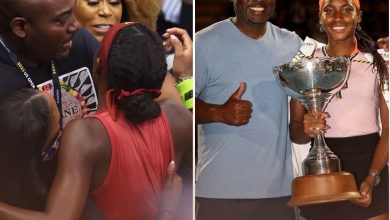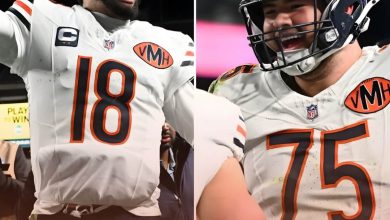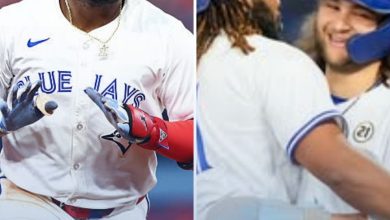Cubs Urged to Trade Jameson Taillon: Why Peak Value and 2026 Contract Cliff Make “Forward-Thinking” Move Necessary.vc
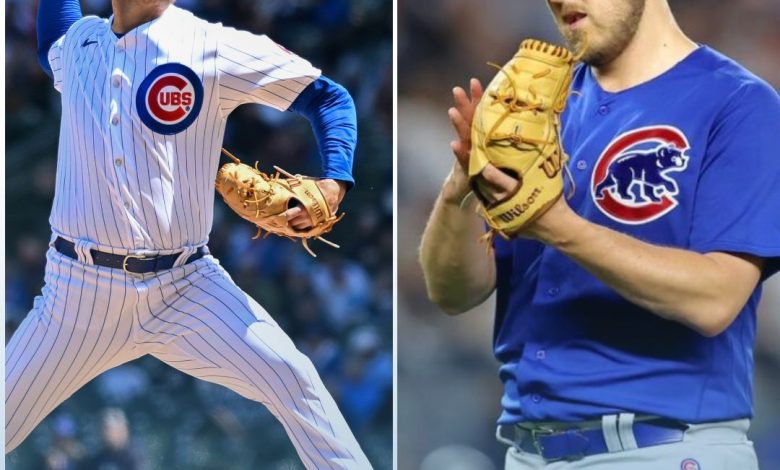
After finishing as the Cubs’ most reliable 2025 postseason pitcher, the 34-year-old is entering the final year of his contract, giving Chicago a unique “sell-high” opportunity.

CHICAGO — When analyzing the Chicago Cubs’ all-too-brief postseason run in 2025, few bright spots emerged from the starting rotation. Shota Imanaga struggled, and Matthew Boyd’s outings were erratic. In truth, the most reliable pitcher on Craig Counsell’s staff in October was arguably Jameson Taillon.
And now, analysts are arguing the Cubs should take advantage of that fact and trade him.
Despite Taillon’s brilliant second half, a compelling case is building for the Cubs to move the veteran right-hander this offseason. The logic is rooted not in his performance, but in forward-thinking roster management and a looming contractual crisis.
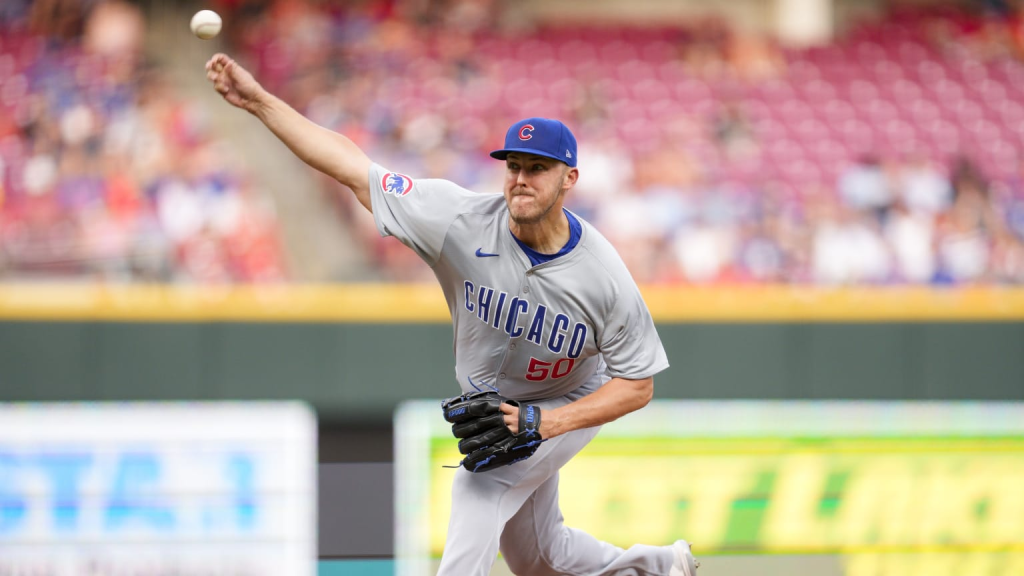
The Contract Cliff
The primary driver for a potential trade is Taillon’s contract. The pitcher, who turns 34 in November, is heading into the final year of his deal. He is owed $18 million in salary ($17 million for luxury tax purposes) and is set to become a free agent next offseason.
This is a problem that extends far beyond Taillon.

An “alarming percentage” of the Cubs’ current core is also slated to hit free agency in the 2026-27 offseason, including Nico Hoerner, Ian Happ, and Seiya Suzuki. This timeline coincides with the rumored MLB lockout when the current Collective Bargaining Agreement (CBA) expires.
The argument is simple: the Cubs cannot afford to lose the majority of their best players for nothing. While replacing key offensive pieces like Hoerner and Happ in 2026 would be incredibly difficult, the team could feasibly replace Taillon’s production while getting a valuable return.
Selling at Peak Value
Trading Taillon is only a viable strategy because his value has never been higher.
Despite dealing with separate calf and groin strains in the second half of 2025, Taillon was brilliant down the stretch.
- 2025 2nd Half: 1.57 ERA in 34.1 innings
- Opponent Slash Line: .194/.237/.298
- 2025 Postseason: 2 runs allowed in 8 innings across two starts
That is the performance of a high-value pitcher on an eminently reasonable one-year deal, making him an attractive target for contending teams.
The Replacement Plan
Finding a replacement for Taillon wouldn’t be easy, but the Cubs are positioned to do so internally. Improved health from frontline starters Cade Horton and Justin Steele is expected to fill out the top of the rotation.
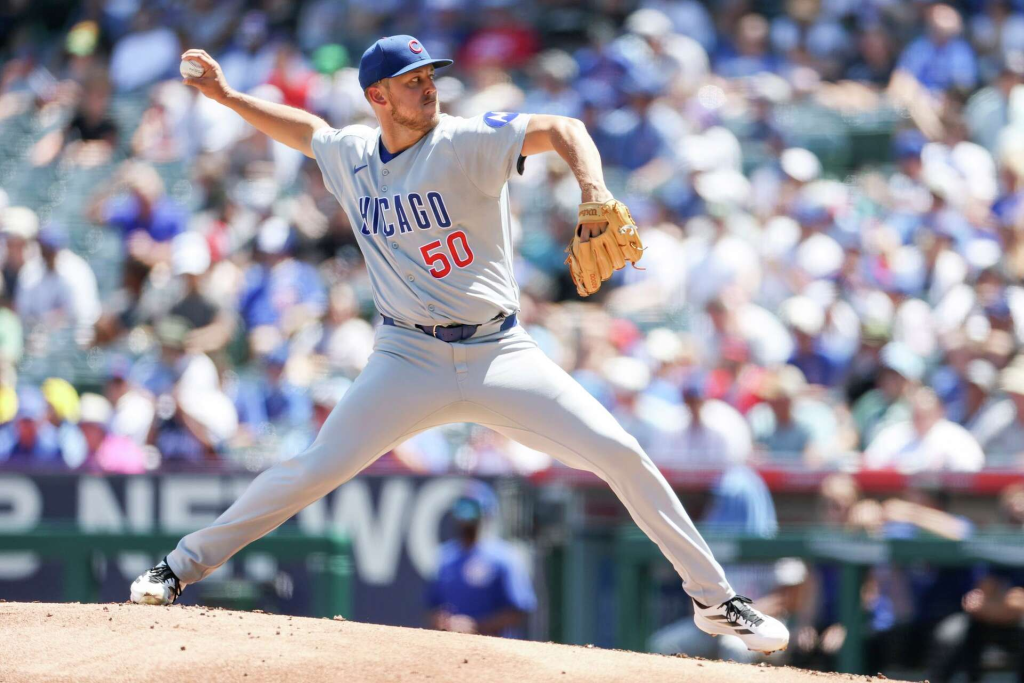
Furthermore, the presence of prospects like Jaxon Wiggins, Connor Noland, and (when healthy) Brandon Birdsell offers immediate hope for a deeper, more cost-controlled rotation than the team fielded in 2025.
A potential trade scenario could see the Cubs move Taillon for a young, MLB-ready contributor—perhaps a key bullpen arm or a utility player. This would also free up $18 million, which the team could reinvest in a better starting pitcher or, perhaps more critically, put toward a contract extension for a player like Kyle Tucker.
While starting pitching depth is wildly valuable, trading Taillon is a “forward-thinking” move. It shouldn’t be the team’s top priority, but if the right chance presents itself to reshape the roster with more long-term pieces, the Cubs shouldn’t hesitate to strike.

